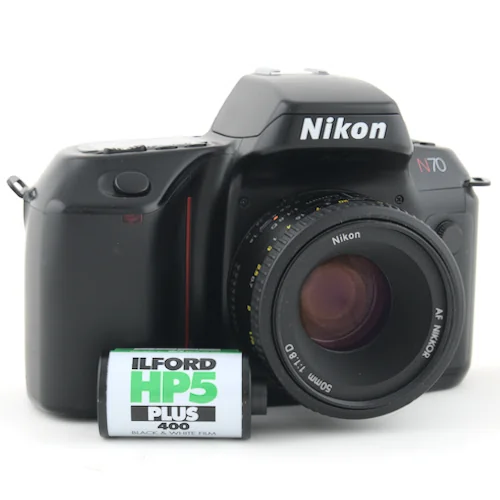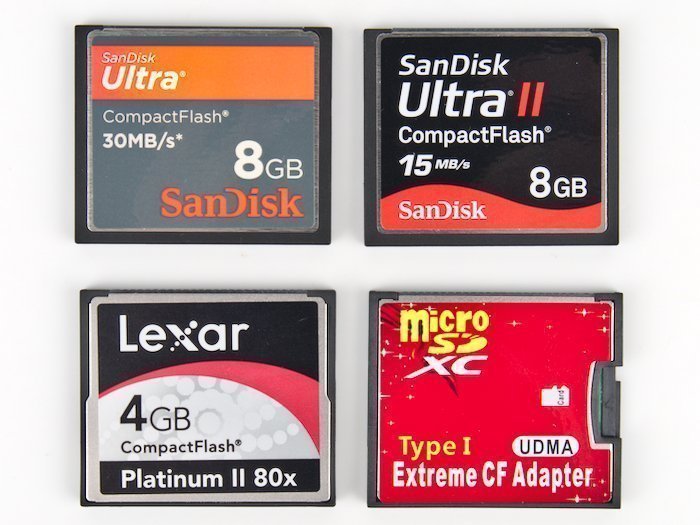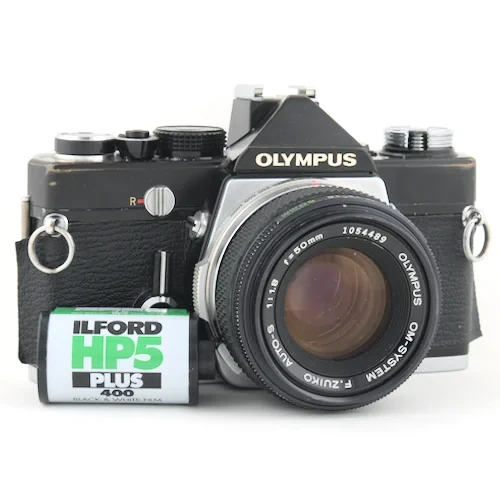![Vivitar 55mm f/2.8 Macro Lens Review [Komine]](https://www.outsidetheshot.com/lens-reviews/Vivitar-55mm-f28-Macro-Lens.jpg)
Vivitar 55mm f/2.8 Macro Lens Review [Komine]
- Nathaniel Stephan
- 55mm lenses , Macro lenses
- November 27, 2020
Table of Contents
There is lots of lore and hype built up around this Komine lens, and it is all deserved. This is the sharpest standard focal length vintage macro lens I have ever used.
The Vivitar 55mm f2.8 macro lens is sharper than the Canon, Nikon, Minolta, and Olympus macro lenses I have tested.
Vivitar Auto Macro Lens Specifications
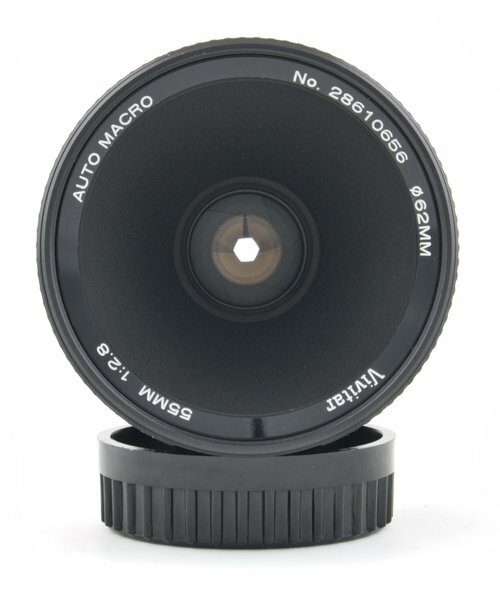
| Manufacturer | Komine |
| Made in | Japan |
| Year Released | 19?? |
| Original Price | $139.95 |
| Elements Groups | 5 ele. 4 gr. |
| Aperture | f/2.8-16 |
| # of Aperture Blades | 6 |
| Aperture Control | Manual, Manual/Auto Diaphragm |
| Focus Type | Manual |
| Hard Infinity Stop | Yes |
| Magnification | 1:1 |
| Minimum Focus Distance | 25cm (10”) |
| Working Distance | 5.2cm (2-1/16") |
| Filter Threads | 62mm |
| Weight | 318g (11.2oz) |
| Dimensions | ⌀70mm x 80mm (2.75" x 3.15") |
The price is from a 1985 Competitive Camera Corp catalogue. The macro lens was released earlier than that.
Vivitar serial numbers beginning with 28 are lenses that were manufactured by Komine. This can also be seen on the other excellent macro lens Komine made, the Vivitar 90mm f/2.8 macro.
The optical design is the same that is used in many other vintage lenses. The elements are in 2 groups with one group having 3 elements and the other 2.
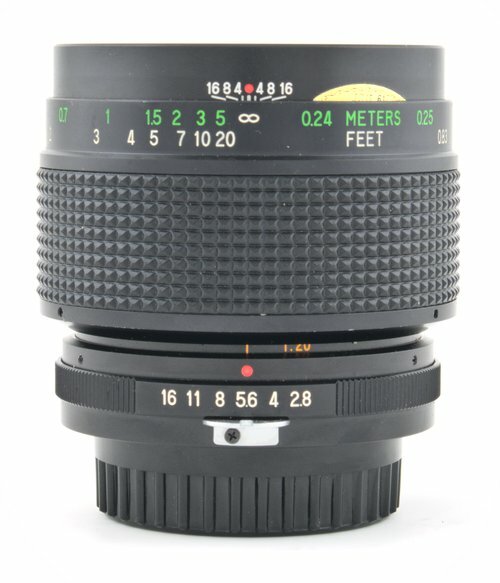
Affiliate Advertising Disclosure
Outside the Shot is a participant in the Amazon Services LLC Associates Program, an affiliate advertising program designed to provide a means for sites to earn advertising fees by advertising and linking to Amazon.com.
As an eBay Partner, I may be compensated if you make a purchase. I also participate in affiliate advertising programs with KEH and Adorama. More can be found on the Affiliate Disclosure page.
Used Vivitar Prices on eBay
Prices are all over the place. Most copies sell for $50-$80, but there are several that have gone for well over $100.
Higher priced lenses can be due to their branding or mount. Nikon F, Pentax K, and M42 lenses are the more desirable lens mounts.
Checking prices on November 27th, 2020, there have been many lenses sold under $100 in the past month. Prices do not seem to have changed over the past 2 years.
I am checking prices on December 1st, 2018. The supply of reasonably priced lenses has been cleared out. Everything that is left is overpriced. If you find yourself in a situation like this, just be patient and check listings a few times a week.
Macro Accessories
I am not aware of any available accessories that were specific to the lens. The front lens element is recessed far enough back so a lens hood will not be needed.
A ring light or flash mounted on a bracket is excellent to use with any macro lens. The best thing about using artificial light is that you can hand-hold the camera and still get photos with a wide depth of field.
Macro Lens Versions
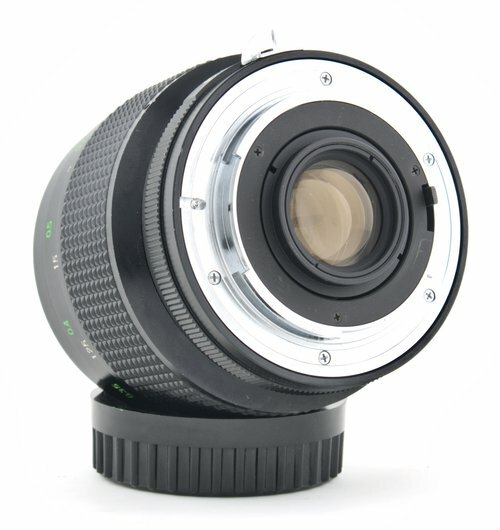
This lens was manufactured by Komine in Japan and branded by distributors for sale around the world. The Vivitar, Spiratone, and Quantaray brands will be more prevalent in North America. Panagor and Elicar are more likely to be found in Europe and Asia.
Lenses can be found in all of the following 35mm film mounts:
With that many mount options, the lenses are easy to use or adapt onto many digital cameras. It will provide excellent image quality on film or digital.
Brand Names:
- Panagor
- Vivitar
- Quantaray
- Elicar
- Spiratone
- Rokunar
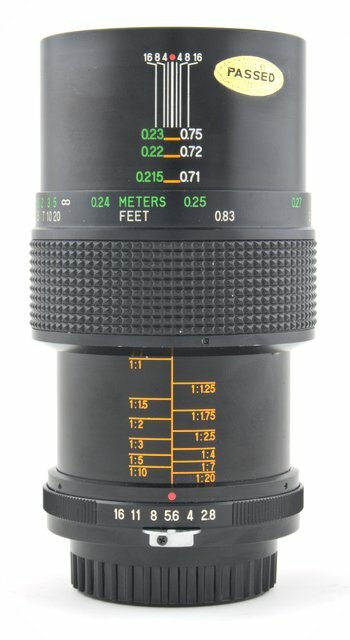
Build Quality, Design, and Sample Variation
Unlike all the other comparable lenses, the Vivitar does not need an extension tube to reach a 1:1 magnification ratio. This results in a focus ring throw that is almost 720 degrees. Focusing can take a while as the lens barrel has to extend.
A macro lens designed to be used with a close-up adapter will have a shorter focus ring throw.
The helicoid grease in my copy of the lens is drying out. Turning the focus ring is harder than I would prefer. The lens would be better if it was serviced, but that would cost more than the lens is worth. I also had the earlier f/3 version of the lens branded as a Panagor with the same problem.
Construction quality is lower than first party manufactures. My assumption is that this is because competing on price was important. At $139.95, there was significant savings when compared to the other options available:
- Canon $154.95 + $34.95
- Nikon $144.95* + $34.95 (*Rebate from Nikon)
- Olympus $139.95 + $36.95
- Pentax $154.95 + $??.??
Usage & Working Distance
Testing was done using a Nikon F mount to Sony E mount lens mount adapter on a Sony A7. Focusing was done using the magnification on the camera screen.
Note that the adapter I used did not have a correcting element as the flange distance for the Sony E-mount is much shorter than any 35mm SLR mount. Do not use adapters that require a piece of glass to provide infinity focus as they will ruin the image quality.
The focus ring feels like it turns forever. Changing focusing distances can take several seconds due to the long throw of the focus ring. It is also fairly large which doesn’t make it attractive as a walking around lens.
The maximum aperture of f/2.8 is not fast, which can impact using it as a substitute for a standard lens like a 50mm f/1.8. The correct aperture range to use the lens is generally between f/5.6 and f/11 as that will strike the best balance between maximing depth of field and avoiding image softness from diffraction.
What stands out about the lens is that it is usable at f/5.6. The focal plane is flat and sharp in the corners.
With the exception of the Olympus OM 50mm f/3.5 Macro lens, I would not plan to use any of the other vintage macro lenses I have tested at f/5.6. Stopped down to f/8, the lens was the sharpest I’ve tested among vintange lenses.
I prefer 90-105mm focal lengths for life size magnification because they have more working distance. This makes it easier to position different light sources. At 1:1 the working distance is a couple of inches (~5cm), which makes lighting difficult.
At 1:2 or 1:4 magnification, 55mm is great because the subject will still be within arm’s reach. You can take a photo, adjust the subject, and quickly taken another photo. This is recommended for photographers that need to shoot a large number of images.
Test Photos Aperture Sharpness Comparison
The Vivitar 55mm auto macro is the sharpest vintage macro lens I have tested at f/5.6. Stopping down the lens to f/8 improves the sharpness of pictures.
Shooting wide open expect some color shift and chromatic aberration.
Keep in mind that all of the comparable lenses do equally as well at f/8 and are sharp. I believe there were only 2 different optical lens designs for standard macros being produced in the 1970s and early 1980s.
| Aperture | Center | Corners |
|---|---|---|
| 2.8 | Meh | Soft |
| 4 | Better | Soft |
| 5.6 | Very Good | Sharp |
| 8 | Sharpest | Sharp |
| 11 | Not as sharp as f/8 | As sharp as the center |
| 16 | Noticeable Diffraction | Soft like the rest of the image |
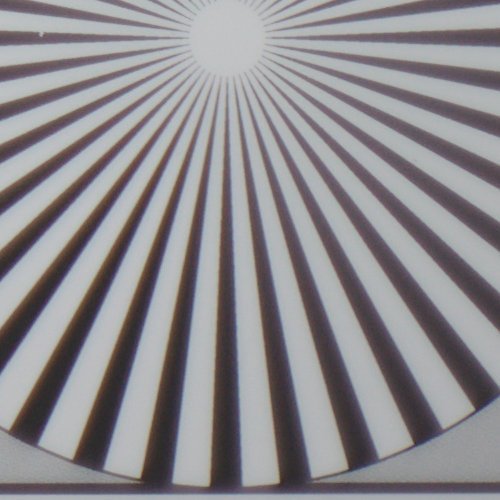
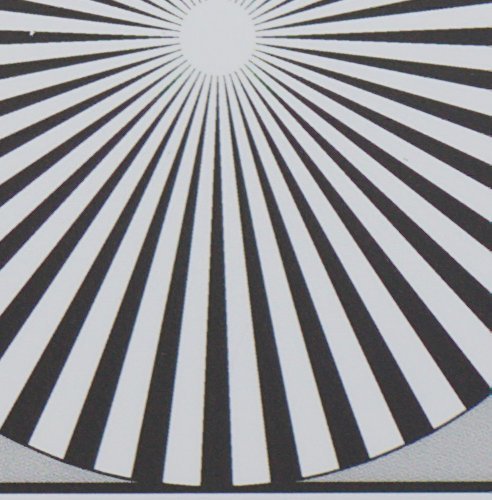
Flash was used in order to have a fast shutter speed. An effort was also taken to keep the picture frame the same when changing the lens aperture.
Magnification by Extension & Reversal
The Vivitar auto macro performed very well when the lens was reversed. The copy I used has an FD mount, which means either a Canon Macro adapter or mount adapter has to be used so the aperture can be set.
I preferred the mount adapter as it also acts as a lens hood. The only issue I had was seeing what aperture I was setting the lens to.
Comparable Lenses & Conclusion
My review can be summed by saying that this is the best vintage macro. All of the other comparable film era lenses are a small step down in sharpness, usability, and availability.
This is the only standard focal length vintage macro lens worth actively tracking down. At under $60, it is an excellent value. Though, I wouldn’t recommend paying more than $100.
The only lens that came close to the Vivitar was the Olympus OM 50mm f/3.5 macro lens. The Olympus is not as sharp at f/5.6, only goes to 1:2, but is about half the size of the Vivitar. Other than that, the next step up in terms of image quality will be lenses in the $300+ price bracket.
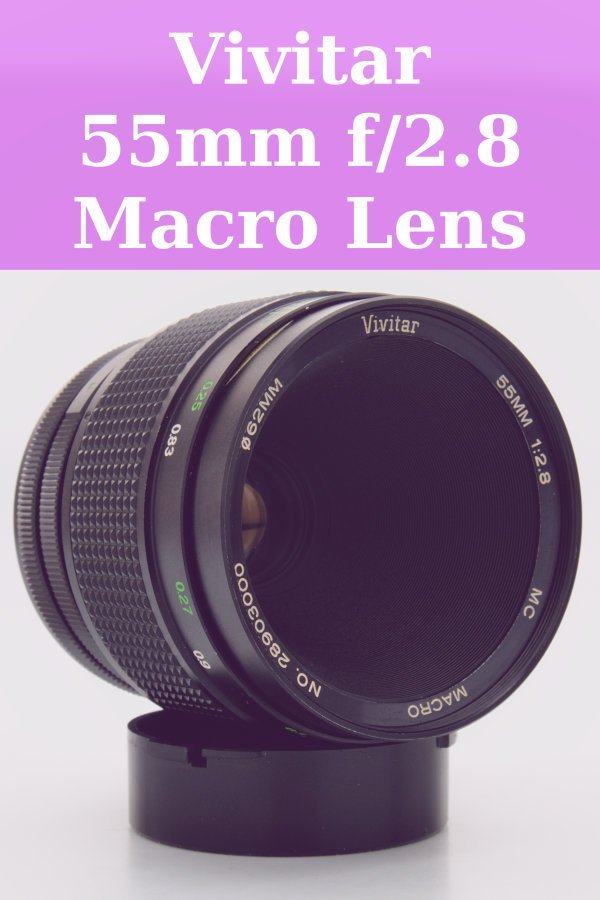
Sources
Competitive Camera Corp Catalogue No. 25 Fall Supplement 1985, Page 17.
Camera Quest - https://www.cameraquest.com/VivLensManuf.htm
Photo.net Forum - https://www.photo.net/discuss/threads/tell-me-about-komine.456767/
MF Lenses Forum - http://forum.mflenses.com/viewtopic.php?t=42604
